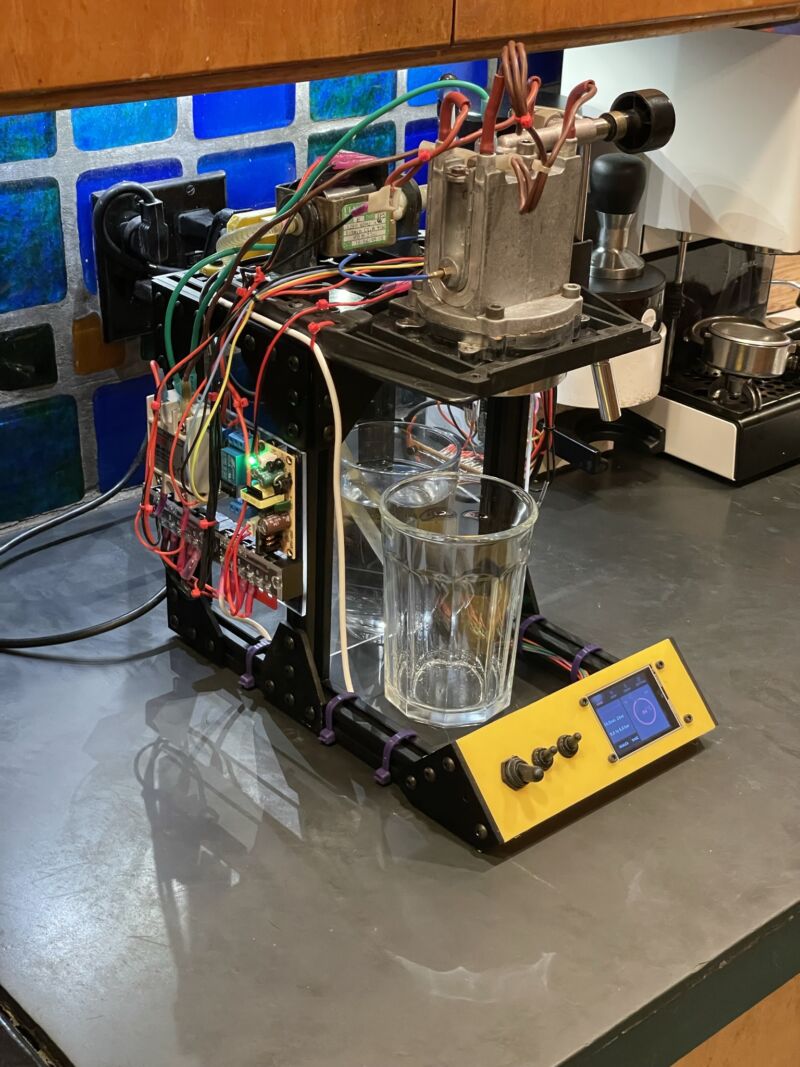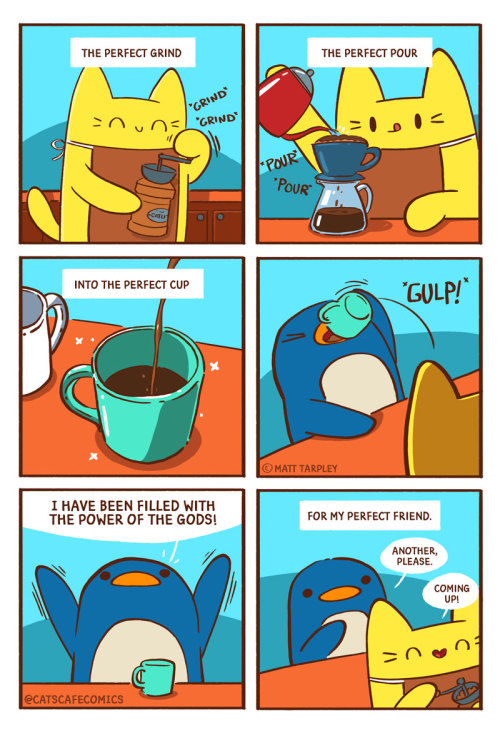-
chevron_right
A ‘heathenish liquor’? A cure for cancer? The history of coffee is full of surprises | Jonathan Morris
news.movim.eu / TheGuardian · Tuesday, 2 April - 15:00
A new study suggests coffee could prevent bowel cancer reoccurring – but claims for its healing properties have abounded since the 15th century
Last week a study was published showing that people with bowel cancer who drink coffee – quite a lot of coffee, two to four cups a day – were less likely to suffer a return of the disease. Experts have said that if the results hold in further studies, coffee could be prescribed to cancer patients on the NHS. That coffee does have an effect on human function is beyond dispute – but whether that impact is beneficial or detrimental has been the subject of contention since Sufi mystics began consuming the beverage some time in the mid-15th century.
The Indigenous peoples of the forests of Kaffa in south-west Ethiopia foraged berries from wild coffee plants that were shipped across the Red Sea to prepare the decoction known as qahwa, which Yemeni Sufis incorporated into their night-time religious ceremonies to reduce their desire for sleep. Once mainstream Islamic courts ruled coffee was not intoxicating, consumption became widespread among the Muslim populations in the Middle East and the Ottoman empire.
Continue reading...


